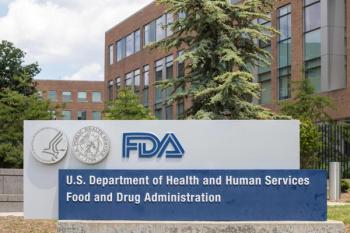
Charles Ascher-Walsh, MD on treating stress incontinence with lasers
Charles Ascher-Walsh, MD explains why you might want to consider CO2 lasers to help treat patients with stress incontinence.
Charles J Ascher-Walsh, MD is an associate professor of obstetrics, gynecology and reproductive sciences; the Director of the Division of Gynecology, Director of the Division of Urogynecology, and Director of the Division of Minimally Invasive Surgery in the Department of Obstetrics, Gynecology, and Reproductive Science at the
So, the CO2 lasers became more popular in the last few years treating vaginal atrophy as an alternative to estrogen treatments, which are both expensive and sometimes controversial, as far as patients with breast cancer, and just the fears of post-menopausal estrogen treatments in general. There’s been some concern lately, and the
The lasers, I think, initially, the data was just looking at atrophy. But stress incontinence is such a common problem in women that it was sort of a natural thing to sort of take this forward. And for stress incontinence, there really is no medical therapy for it. And so the options for stress incontinence are either pelvic floor exercise therapy or surgery with not much in between. So this is a potential way of providing patients with some relief who don’t have significant stress incontinence without having to undergo surgery.
Newsletter
Get the latest clinical updates, case studies, and expert commentary in obstetric and gynecologic care. Sign up now to stay informed.









